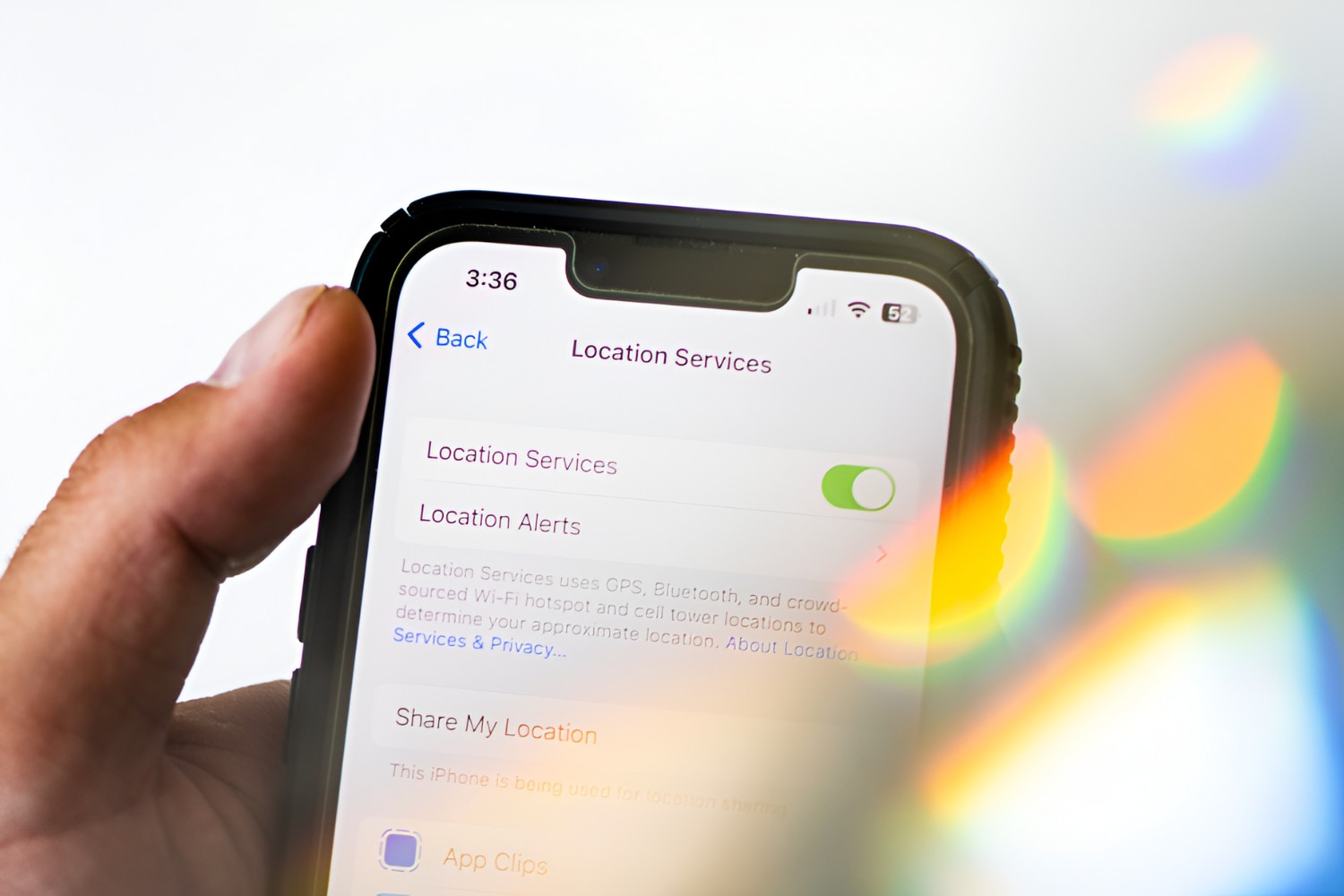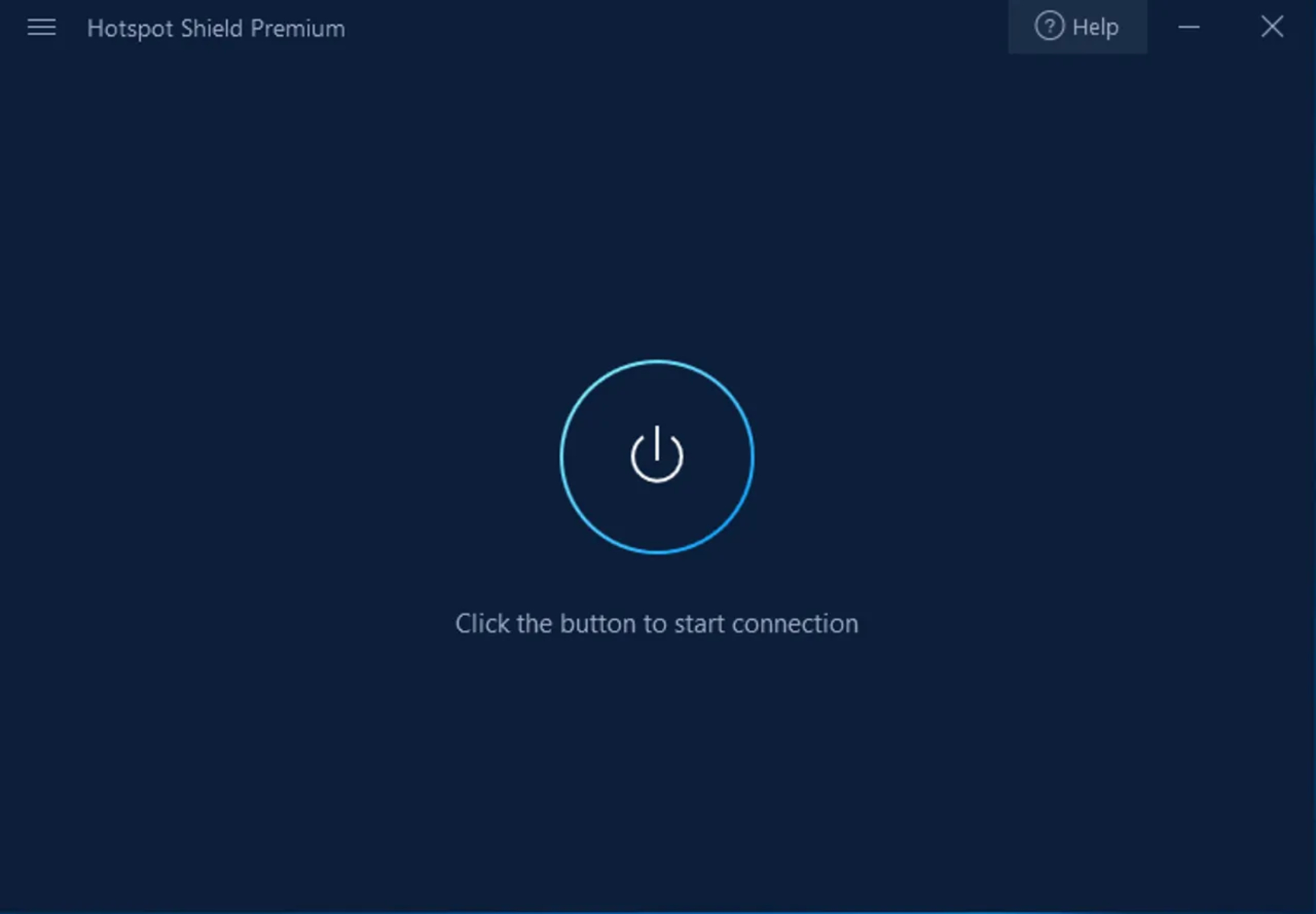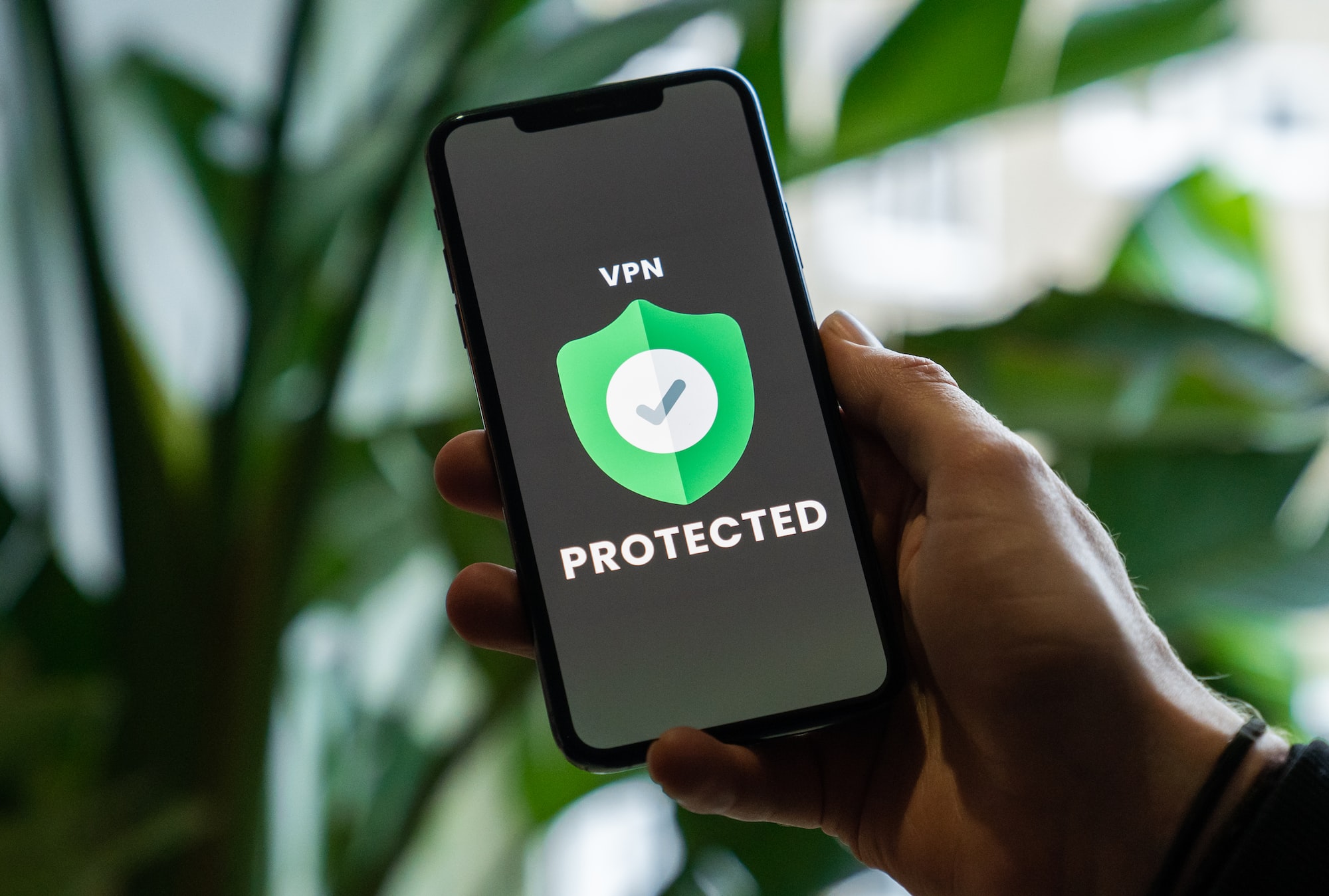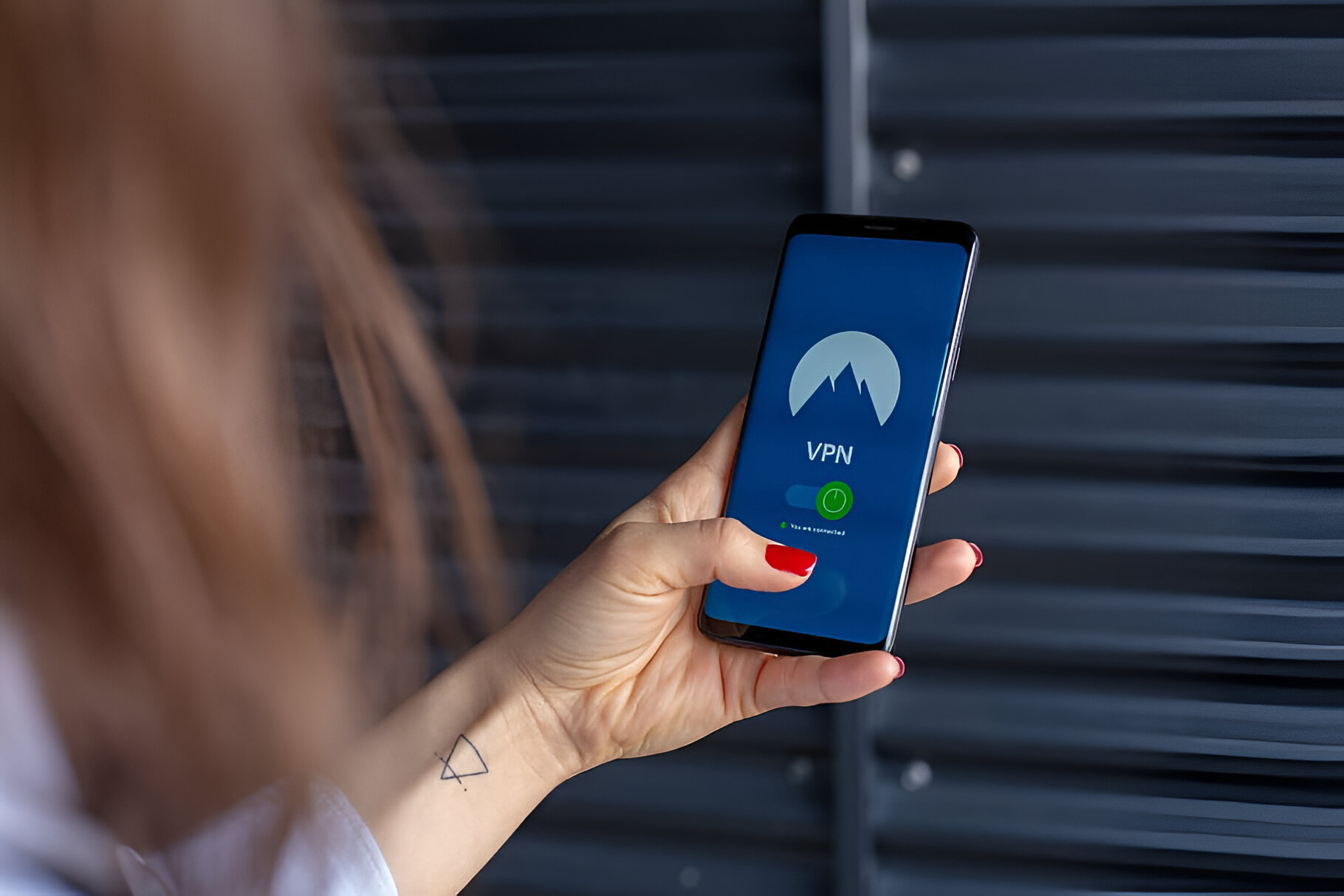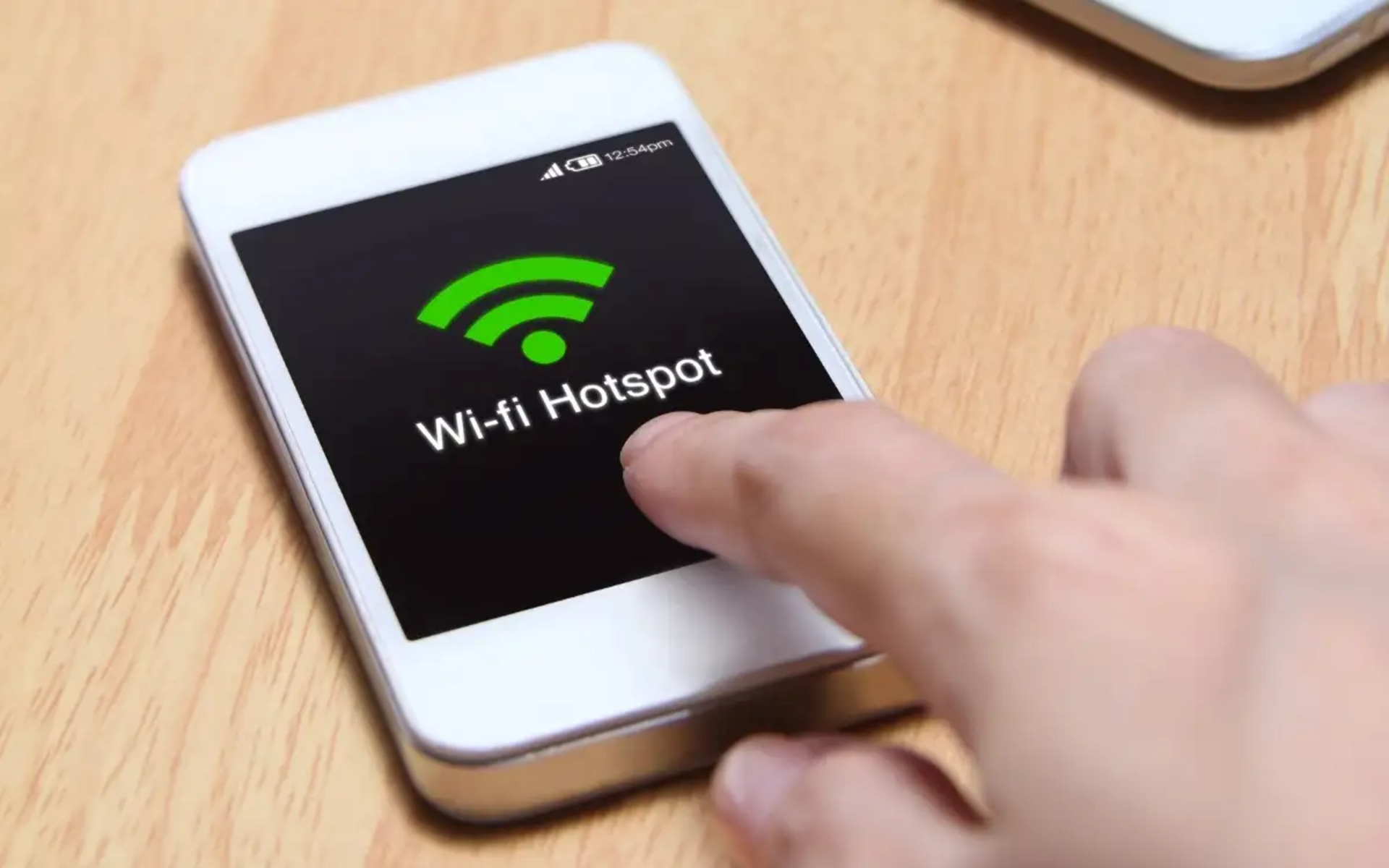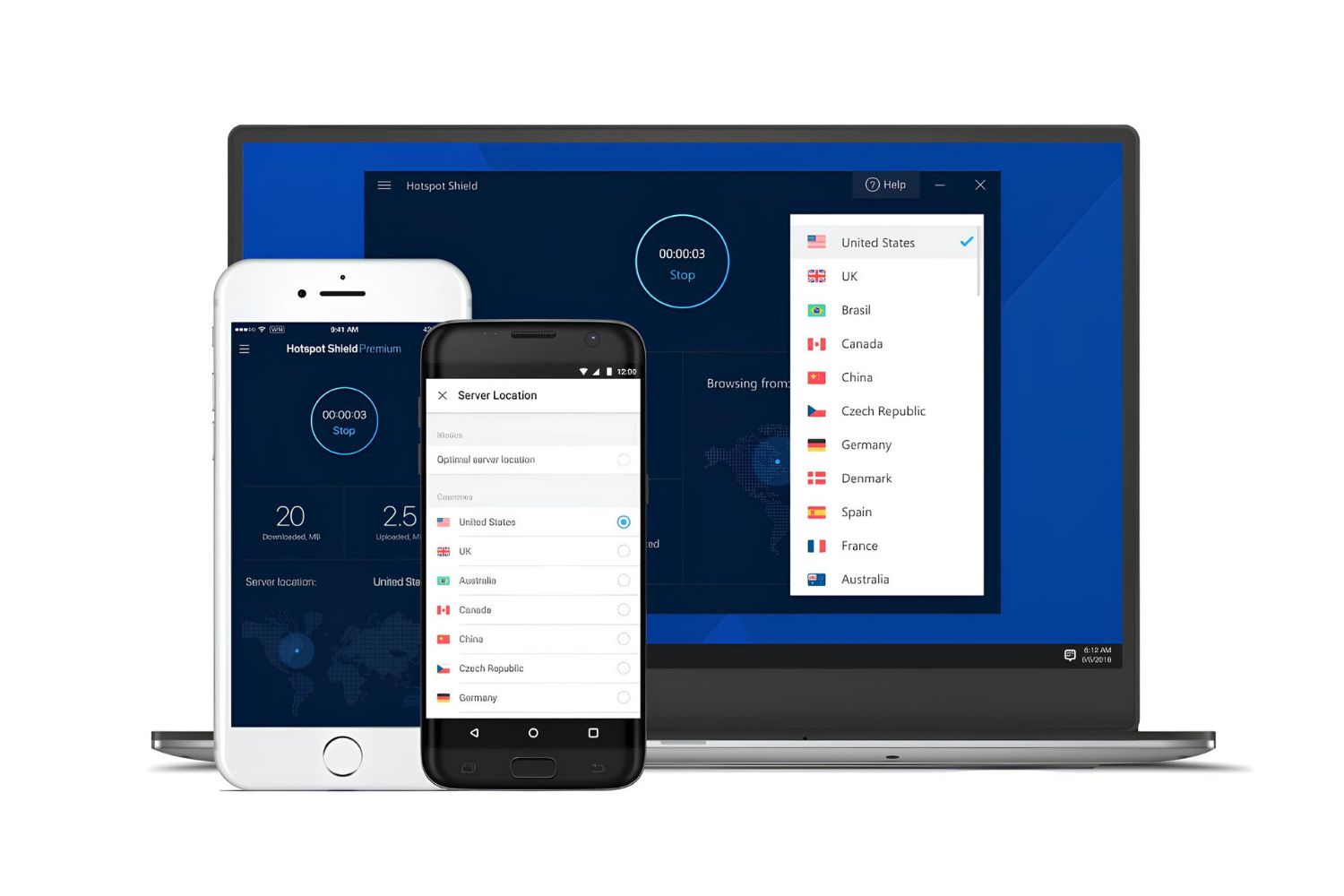What is a Hotspot?
A hotspot refers to a physical location where people can access the internet, typically using Wi-Fi, through a wireless local area network (WLAN). These hotspots are commonly found in public places such as airports, cafes, hotels, and libraries, allowing individuals to connect their devices, such as laptops, smartphones, and tablets, to the internet without the need for a physical wired connection.
Hotspots are convenient for users who require internet access on the go, enabling them to stay connected while away from their home or office networks. They provide a means for individuals to browse the web, check emails, stream media, and conduct various online activities without consuming their cellular data.
In addition to public hotspots, many homes and businesses also have private hotspots, which are secured networks that only authorized users can access. These private hotspots serve as a means for individuals to connect their personal devices to the internet within a specific location, ensuring a secure and controlled network environment.
Hotspots are typically created using a wireless router or access point that transmits the internet signal, allowing nearby devices to connect and access the network. The range of a hotspot can vary depending on the strength of the wireless signal, with some hotspots providing coverage for a small area, such as a single room, while others can cover a larger space, such as an entire building or outdoor area.
Overall, hotspots play a crucial role in providing internet connectivity to a wide range of users, offering a convenient and flexible means for accessing online resources and staying connected in various environments. However, it's important to be aware of the potential security risks associated with using public hotspots, as they can pose threats to the privacy and security of users' data.
Risks of Using Public Hotspots
Public hotspots, while providing convenient internet access, come with inherent security risks that users should be mindful of. When connecting to a public hotspot, individuals are exposed to potential threats that can compromise the privacy and security of their data. Understanding these risks is essential for taking proactive measures to safeguard sensitive information while using public hotspots.
1. Eavesdropping and Data Interception
Public hotspots are prime targets for cybercriminals seeking to intercept and monitor data transmitted over the network. Without proper encryption, the data exchanged between a user's device and the hotspot can be intercepted by malicious actors. This puts sensitive information, such as login credentials, financial details, and personal communications, at risk of being captured and exploited.
2. Man-in-the-Middle (MitM) Attacks
In a public hotspot environment, attackers can execute man-in-the-middle attacks, where they position themselves between the user's device and the hotspot, intercepting and potentially altering the communication between the two parties. This type of attack enables threat actors to eavesdrop on sensitive transactions, inject malicious content into web pages, and gain unauthorized access to the user's data.
3. Rogue Hotspots
Cybercriminals may create rogue hotspots with legitimate-sounding names to trick unsuspecting users into connecting to them. Once connected, users unwittingly expose their data to the attackers, who can then carry out various forms of cyber attacks, including phishing, malware distribution, and data theft.
4. Malware Distribution
Public hotspots can serve as breeding grounds for the distribution of malware. When connected to an unsecured network, users are vulnerable to downloading malicious software or falling victim to drive-by downloads, where malware is automatically downloaded onto the device without the user's consent.
5. Snooping and Surveillance
Public hotspots are susceptible to unauthorized snooping and surveillance, where malicious entities may monitor users' online activities, track their browsing habits, and collect personal information without their knowledge. This intrusive behavior can lead to privacy violations and potential identity theft.
6. Unencrypted Connections
Many public hotspots do not employ encryption protocols, leaving the data transmitted between the user's device and the hotspot in plain, unencrypted form. This lack of encryption exposes sensitive information to interception and exploitation by cybercriminals.
Understanding these risks underscores the importance of implementing robust security measures and best practices when using public hotspots. By being aware of the potential threats, individuals can take proactive steps to mitigate the risks and protect their privacy and sensitive data while accessing the internet in public environments.
Understanding Hotspot Security
When it comes to using public hotspots, understanding the intricacies of hotspot security is paramount in safeguarding sensitive data and maintaining privacy. Hotspot security encompasses a range of measures and protocols designed to mitigate the inherent risks associated with connecting to public Wi-Fi networks. By comprehending the key aspects of hotspot security, individuals can make informed decisions and adopt best practices to protect themselves from potential threats.
Encryption and Secure Protocols
One of the fundamental components of hotspot security is the implementation of encryption and secure communication protocols. Encryption plays a pivotal role in securing data transmitted between a user's device and the hotspot, rendering it indecipherable to unauthorized entities. Protocols such as WPA2 (Wi-Fi Protected Access 2) and WPA3 provide robust encryption mechanisms, enhancing the confidentiality and integrity of data exchanged over the network.
Secure Authentication Mechanisms
Hotspot security also revolves around the use of secure authentication mechanisms to verify the identity of users and restrict unauthorized access. This often involves the use of strong passwords, digital certificates, or multifactor authentication to validate the legitimacy of users connecting to the hotspot. By enforcing stringent authentication measures, hotspots can thwart unauthorized infiltration and fortify the overall security posture.
Virtual Private Network (VPN) Utilization
Employing a Virtual Private Network (VPN) is a proactive approach to bolstering hotspot security. A VPN creates a secure, encrypted tunnel for data transmission, effectively shielding it from interception and manipulation by malicious actors. By routing internet traffic through a VPN server, users can establish a secure connection to the internet, even when accessing public hotspots, enhancing data privacy and confidentiality.
Network Segmentation and Isolation
Hotspot security encompasses the practice of network segmentation and isolation to compartmentalize and segregate user traffic. By isolating individual user connections within the hotspot network, potential threats, such as unauthorized access and data interception, can be mitigated. This segmentation strategy enhances the overall security posture of the hotspot environment, minimizing the impact of potential security breaches.
Ongoing Security Monitoring and Updates
Continuous monitoring and regular updates are integral aspects of hotspot security. Network administrators and service providers should diligently monitor the hotspot environment for any anomalies or security breaches, promptly addressing any identified vulnerabilities. Additionally, keeping the hotspot infrastructure and security protocols up to date is crucial in mitigating emerging threats and fortifying the resilience of the network against potential attacks.
User Awareness and Education
Lastly, hotspot security encompasses user awareness and education initiatives aimed at empowering individuals with the knowledge and best practices for secure hotspot usage. Educating users about the risks associated with public hotspots, the importance of utilizing security measures such as VPNs, and the significance of discerning legitimate hotspots from rogue ones contributes to a more secure and informed user base.
Understanding these facets of hotspot security equips individuals with the knowledge and tools to navigate public Wi-Fi networks prudently. By embracing robust security measures and staying informed about the evolving landscape of cyber threats, users can engage with public hotspots with heightened confidence in safeguarding their privacy and data integrity.
Best Practices for Protecting Your Privacy on Hotspots
Implementing best practices for protecting your privacy on hotspots is essential for mitigating security risks and safeguarding sensitive data. By adhering to these proactive measures, individuals can enhance their overall security posture while accessing public Wi-Fi networks.
1. Utilize a Virtual Private Network (VPN)
Employing a VPN is a cornerstone of hotspot privacy protection. A VPN establishes a secure, encrypted connection between the user's device and the internet, shielding data from potential eavesdropping and interception. By routing internet traffic through a VPN server, users can ensure that their online activities remain private and secure, even when connected to public hotspots.
2. Enable Encryption and Secure Protocols
Prioritize hotspots that implement robust encryption protocols, such as WPA2 or WPA3, to secure data transmission. Ensure that the hotspot network utilizes encryption to protect sensitive information from unauthorized access and interception. By connecting to encrypted hotspots, users can fortify the confidentiality and integrity of their data while minimizing the risk of data compromise.
3. Exercise Caution When Sharing Personal Information
Refrain from sharing sensitive personal information, such as financial details or login credentials, while connected to public hotspots. Exercise discretion when accessing online accounts or conducting financial transactions, as public Wi-Fi networks are susceptible to potential data interception. By limiting the transmission of sensitive information, users can mitigate the risk of unauthorized access and data compromise.
4. Keep Software and Security Applications Updated
Ensure that the device's operating system, web browsers, and security applications are regularly updated to mitigate potential vulnerabilities. By staying current with software updates and security patches, users can bolster their defense against emerging threats and exploit attempts. Additionally, consider utilizing reputable antivirus and antimalware software to further enhance device security while using public hotspots.
5. Verify Hotspot Legitimacy
Exercise caution when connecting to public hotspots and verify the legitimacy of the network before establishing a connection. Be wary of rogue hotspots with deceptive names designed to lure unsuspecting users. Confirm the official hotspot name with the venue's staff or management, and avoid connecting to unverified or suspicious networks to mitigate the risk of falling victim to malicious activities.
6. Disconnect When Not in Use
When not actively using the internet, disconnect from the public hotspot to minimize exposure to potential security threats. By disconnecting when the internet is not in use, users can reduce the window of vulnerability and limit the opportunity for unauthorized access or data interception.
By embracing these best practices, individuals can navigate public hotspots with heightened security awareness and confidence, mitigating the inherent risks associated with accessing the internet in public environments. Proactive measures and prudent usage habits contribute to a more secure and privacy-respecting experience while leveraging the convenience of public Wi-Fi networks.










